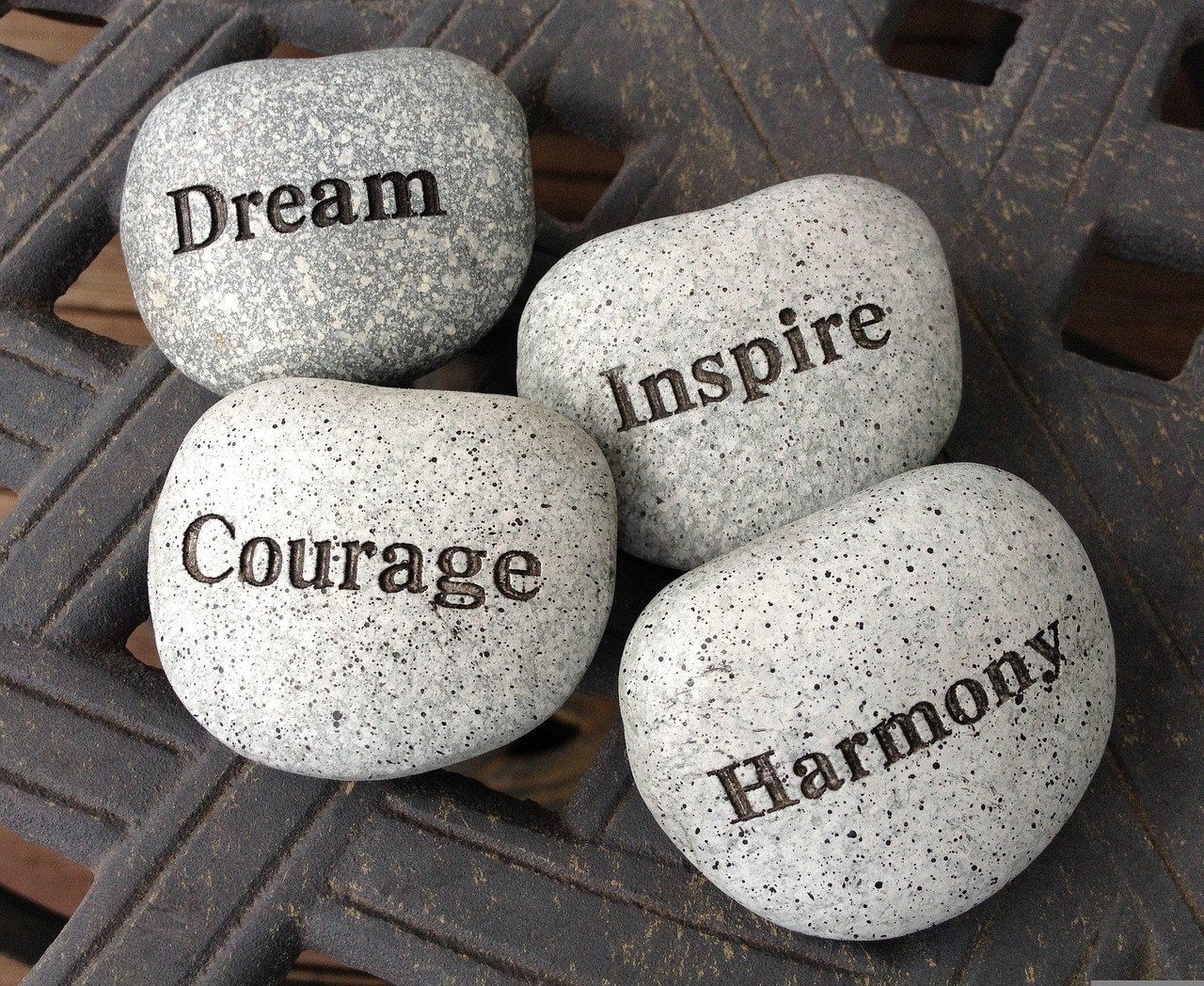Friendships between women and men don’t have to slide into romance – they can thrive on shared humor, trust, and clear boundaries. If you’ve ever wondered how to enjoy a close connection without drifting into dating territory, you’re in the right place. This guide reframes the common myths, explains why a platonic friendship works, and offers practical steps to protect what you have without sending mixed signals.
Why a Platonic Bond Is Not Only Possible, but Valuable
Plenty of people insist that chemistry always complicates things. In reality, a platonic friendship can be a comfortable lane where affection, loyalty, and honesty coexist – without the expectation of romance. When both people understand the lane they’re in, it becomes easier to nourish the friendship and avoid the pitfalls that blur the line.
What Psychology Suggests About Staying in the Friend Zone
We’re wired to connect, and we each bring a personal style of relating to others. Those patterns matter. If you tend to be easygoing with closeness, a platonic friendship may feel effortless because you’re comfortable with connection that isn’t romantic. If you lean anxious in relationships, you might find yourself overanalyzing texts or tone – noticing these habits helps you avoid reading romance into ordinary moments. Those who value independence above all might enjoy the lightness of a platonic friendship yet hesitate to open up; naming that tendency can encourage more depth without altering the relationship’s nature.

There’s also the very human tendency to weigh effort against rewards. In a platonic friendship, you often get laughter, perspective, and solidarity – minus the volatility that can come with dating. The “costs” are usually about time, energy, and attention, and those can be managed with boundaries that keep expectations realistic.
Ground Rules That Keep Things Comfortable
Being “just friends” isn’t about pretending attraction never exists – it’s about steering behavior so the dynamic stays respectful. The following suggestions help you draw the line in ink, not pencil, and make your platonic friendship resilient when tension, curiosity, or outside opinions show up.
State the lane early. Clarity beats guessing. If you want friendship, say so kindly and directly. A straightforward conversation plants the flag for a platonic friendship and prevents confusion later when moments feel cozy or flirty.

Share attention in groups. When you’re out with others, don’t single him out. Distributing your focus signals that your platonic friendship is part of a broader social life, not a budding romance.
Sprinkle gentle reminders. Words matter – “You’re such a solid friend” or “I really value our platonic friendship” sends a clear message without awkwardness. These nudges help both of you stay aligned.
Build healthy space. It’s easy to slide from constant texting into attachment. Slow the pace when needed. Giving each other room keeps the platonic friendship from feeling like a pseudo-relationship.

Recruit your circle. Good friends can be guardrails. Ask them to join hangouts, interrupt flirty drift with humor, or remind you of the boundaries you set for your platonic friendship.
Take breaks when feelings spike. If butterflies show up, step back. Time and distance lower intensity and protect the platonic friendship from choices made in a rush of emotion.
Date elsewhere if you want romance in your life. If you’re seeking partnership, pursue it beyond this connection. Seeing other people keeps your platonic friendship from becoming your emotional stand-in for dating.
Avoid one-on-one drinking sessions. Alcohol blurs judgment – and boundaries. Choose group settings, or skip the late-night bar hangs, to keep your platonic friendship steady and uncomplicated.
Skip the “back to my place” routine. Private spaces can feel date-like. Opt for public activities – coffee walks, daytime events, group game nights – that reinforce the tone of a platonic friendship.
Name tension instead of dodging it. If there’s a spark or awkwardness, acknowledge it calmly. Honest talk keeps your platonic friendship from becoming a maze of unspoken assumptions.
Pause physical affection that lingers. Quick hello hugs can be fine; lingering cuddles can confuse. When in doubt, choose touch that aligns with a clear, respectful platonic friendship.
Correct outside labels. If friends tease you as a couple, laugh it off and say you’re not. Consistency protects the platonic friendship – both privately and publicly.
Decline romantic advances firmly and kindly. If he tests the boundary, answer with clarity and care. A gentle “I’m not looking to change what we have” preserves the platonic friendship without shaming anyone.
Talk about your type – strategically. If the topic comes up, paint an honest picture that doesn’t mirror him. This reinforces that your platonic friendship isn’t a prelude to dating.
Mention your dating life when relevant. Sharing that you’re seeing others (without oversharing) helps set tone and keeps the platonic friendship from feeling exclusive.
Dress for comfort, not courtship, around him. Show up as your everyday self – not a curated date-night version. That relaxed energy supports the platonic friendship you’re cultivating.
Retire late-night texting. Midnight chats can feel intimate fast. Move the conversation to daytime – protecting the platonic friendship and your sleep.
Guard emotional intimacy wisely. Being supportive is great; becoming the first call for every crisis can build dependence that strains a platonic friendship. Trade support, but keep balance.
Remember your “why.” Keep a mental list of reasons you chose a platonic friendship: you work better as friends, you’re not a match romantically, or you value the low-pressure connection. Revisit that list when lines blur.
How to Talk About Boundaries Without Making It Awkward
Being direct doesn’t mean being harsh. Think of boundary talk as maintenance – like checking the air in your tires before a long trip. A simple script keeps your platonic friendship smooth:
Affirm the bond. “I love that we can be real with each other.” That warmth reminds both of you why the platonic friendship matters.
Name the lane. “I want to keep what we have as friends.” Clear and calm sets the tone.
Offer specifics. “Let’s stick to group hangs after drinks; it keeps things easy.” Practical boundaries make a platonic friendship predictable and safe.
Invite agreement. “Does that work for you?” Collaboration strengthens the platonic friendship because both people participate in its shape.
Common Challenges – and How to Navigate Them
Even with the best intentions, certain moments test your resolve. The goal isn’t to avoid every tricky situation – it’s to handle them with poise so your platonic friendship grows stronger.
“Are you two dating?” Expect this question – society loves a storyline. Keep the answer short and light: “Nope, we’re just friends.” Over time, consistent behavior turns curiosity into acceptance and protects the platonic friendship from gossip.
Jealous partners. If someone you’re seeing – or someone he’s seeing – appears uneasy, invite them into group plans. Transparency disarms suspicion and shows that the platonic friendship honors everyone’s comfort.
Mixed signals. Maybe a coffee felt date-like to him, or your long hug felt significant. Check in: “We’re still on the same page, right?” A quick chat keeps your platonic friendship on course.
Time balance. Too much time together can look exclusive; too little can starve the bond. Alternate between group activities and brief one-on-ones that fit a platonic friendship vibe.
Emotional first aid. Being there through tough times is part of closeness. Still, don’t become each other’s sole lifeline. Encourage other supports so your platonic friendship doesn’t absorb pressure it can’t carry.
Educating your circle. Some friends haven’t seen a strong cross-gender friendship up close. Be living proof – recommend movies that celebrate friends staying friends, share your positive experiences, and let your platonic friendship speak for itself.
Creative Ways to Hang Out That Keep the Tone Right
Activities shape energy. Choose plans that feel natural for a platonic friendship – engaging, social, and low on romantic cues. You don’t have to overthink it; just pick spaces that set you both up to succeed.
Daytime meetups. Coffee walks, thrift-store hunts, museum afternoons – daylight helps underline that your platonic friendship isn’t a covert date.
Skill-sharing. Trade know-how – fix a bike, swap recipes, teach each other a hobby. Practical collaboration fits a platonic friendship and gives you something to laugh about later.
Group traditions. Trivia Tuesdays or weekend hikes keep your platonic friendship grounded in community, not coupledom.
Short plans with a clear end. Opt for “Let’s do an hour at the market” instead of open-ended nights. Clear time limits keep the platonic friendship from drifting past your boundaries.
Communication Habits That Reduce Confusion
Friendship thrives on honest, consistent communication. How you talk sets the temperature – and your wording can either calm the room or heat it up. These tweaks make a noticeable difference for a platonic friendship:
Use friend-forward language. Phrases like “buddy,” “pal,” or simply naming the relationship – “you’re a great friend” – reinforce the platonic friendship.
Avoid flirt-coded phrases. Skip nicknames that sound romantic or messages that show up only after midnight. Keeping tone steady protects the platonic friendship.
Respond at a natural pace. Instant replies can create intensity. Reply when you’re free, not from pressure – your platonic friendship benefits from a relaxed rhythm.
Be honest about feelings. If you sense your heart drifting, say so – not to spark romance, but to reset. Truth maintains a healthy platonic friendship, even if it calls for a pause.
Handling Attraction Without Letting It Take Over
Attraction happens. Noticing it doesn’t require acting on it. What matters is how you respond when chemistry knocks. Here’s a simple path that protects a platonic friendship without drama:
Identify the trigger. Was it a vulnerable conversation, a compliment, the setting? Understanding “why now” helps you nurture the platonic friendship wisely.
Adjust the context. Shift to daylight plans, bring friends, or reduce frequency for a while. Context cues help stabilize a platonic friendship when feelings flare.
Refocus your energy. Pour time into hobbies, work, or dating elsewhere. Diversifying attention lightens the load on your platonic friendship and gives emotions room to cool.
Recommit to the agreement. Remind yourself – and each other – of the choice to stay friends. A simple recommitment keeps the platonic friendship anchored.
A Different Kind of Happy Ending
Some bonds are better as steady, laughter-filled friendships than as whirlwind romances that burn out. Protecting a platonic friendship asks for discipline – saying no to late-night temptation, redirecting flirty banter, respecting personal space, and being brave enough to talk when the air shifts. Do that consistently and you preserve something rare: a place where you’re seen and supported without the pressure to become anything else.
When you can name your lane – and stay in it – the connection becomes easier to enjoy. You’re not rehearsing a “maybe someday” story; you’re choosing the real one that already exists. And that choice, renewed again and again, is exactly how a platonic friendship lasts.